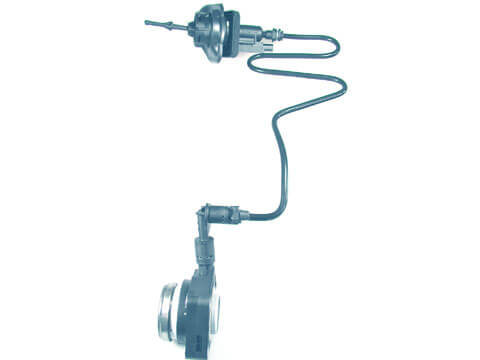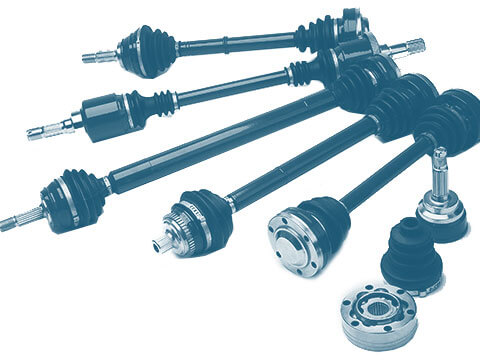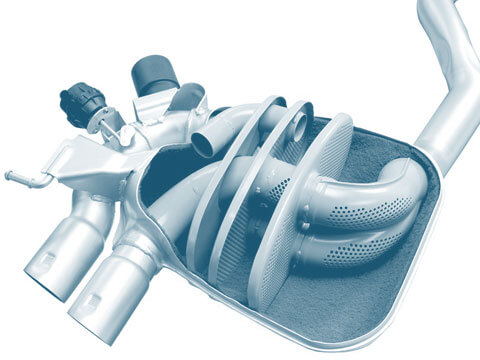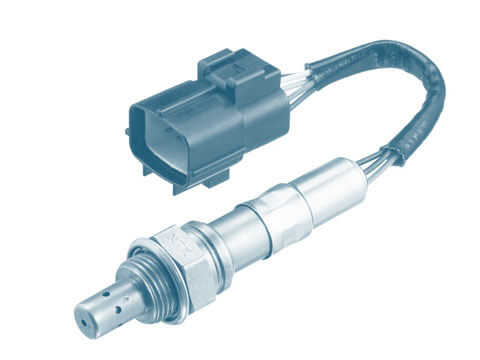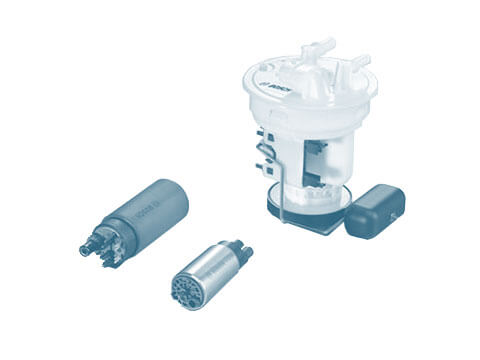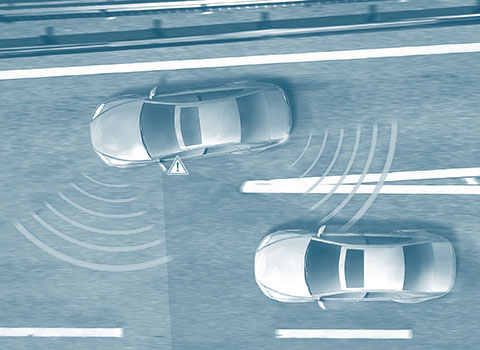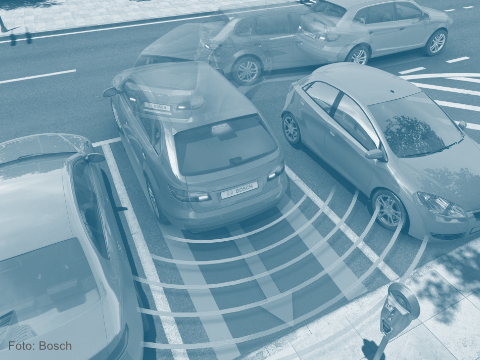Radar sensor
Radar sensors are used in passenger cars to monitor the surroundings of the vehicle by measuring the distance to obstacles and their relative speeds.
Function
Radar is an acronym for “Radio Detection and Ranging” – in short it means: radio-based detection and distance measurement. A radar sensor is a beam-based sensor and is used to detect objects, for example other vehicles and pedestrians, and measure their distance to the vehicle, and their relative speeds. They work by emitting electromagnetic waves. The electromagnetic waves reflected by the objects are received and evaluated: the measured values are converted into electrical signals, which are evaluated in special control units.
Many safety systems designed to prevent accidents with appropriate warnings and vehicle interventions function on the basis of sensor information. This includes automatic distance control systems, lane change assist systems, and collision warning and avoidance systems.
Radar sensors work with radar frequencies that are between 76 and 77 GHz. There are also other versions that use a frequency range of 24 GHz.
Compared with a lidar sensor, a radar sensor is less sensitive to climatic conditions, such as rain, falling snow and fog. However, angular reflection surfaces may affect the measurement results.
Sensor detection ranges
Near-range radar sensors are used for ranges starting at around 5 metres.
Mid-range radar sensors that have a working frequency of 24 GHz or 77 GHz are used for detecting objects up to around 160 metres in front of the vehicle and up to 100 metres behind the vehicle.
In most cases, far-range radar sensors with a frequency of 77 GHz are used for the far range up to around 250 metres.
Furthermore, for a distance of up to 250 metres, radar sensors can be one of several sensor systems that provide important information on 360-degree surround perception for automated/self-driving cars.
Vehicle integration
Depending on requirements, radar sensors can be installed around the exterior hull of the vehicle. For design reasons, radar sensors in vehicles are usually installed behind covers. However, the radar beams – which, in principle, can pass through non-conductive objects – are not allowed to be dampened too strongly by the materials of the covering. It is extremely important that a radar sensor is correctly aligned with respect to the vehicle axles. For this reason, radar sensors are readjusted before a vehicle is delivered.
That is also why driver assistance systems are becoming more and more important for motor vehicle workshops. Because even with minor repairs, servicing work, accident-related repair work, and windscreen replacements, radar sensors and camera systems have to be reset and precisely calibrated to the geometric driving axle of the vehicle. The same applies to any works performed on the vehicle that cause the driving axle and vehicle height to change, for example when carrying out tuning measures. In this case too, the sensor settings will usually no longer be right. Even small deviations can trigger a fault message and cause the assistance system to fail.
Safety
Many active and passive safety systems function on the basis of sensor information. Thanks to significant progress in the development of new sensors, there has been a constant increase in the capabilities of safety and driver assistance systems in recent years. Sensors thus have a key role to play in increasing safety on our roads.









